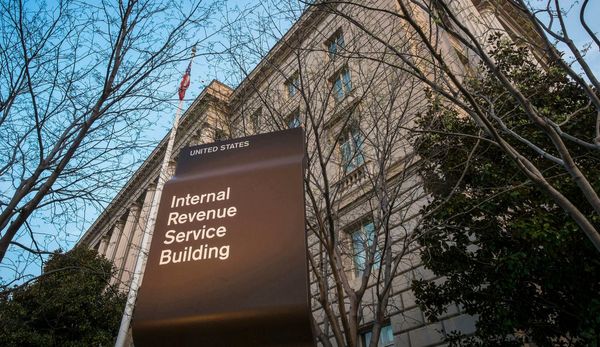
When was the last time you bought a new sweater, pair of shoes or little black dress? For many people, those shopping trips or online orders are happing a lot less frequently than they had been a few years ago.
A new research note from investment research company UBS shows that customers are significantly less willing to spend money on apparel.
As first reported by Retail Dive, the analysts calculated that customer interest in spending on "apparel, footwear and accessories" is down 15.7% while the markets for these categories have been lagging behind others in growth since at least 2016.
Even those in the highest bracket of earners were still 13.3% less willing to shell out money for this spending category.
"U.S. consumers have deferred apparel purchases at a much higher rate than they did one year ago," wrote Jay Sole, who led the UBS report. "[They] are planning to shop for sales more often, buy more store brand products, take fewer shopping trips, and shop closer to home."
This Is Why We're All Spending Less On Clothes
While inflation is often used as a catch-all term that's blamed for everything, the higher cost of clothing is not the biggest or most direct reason for this shift in how people shop. While the consumer price index rose by 7.1% in November, the apparel category increased by only 3.6%. This is significantly below, say, groceries which rose by a whopping 12%.
Naturally, the direct cost of clothing is not the only factor to consider when it comes to spending power -- more money spent on things like food and electricity bill will leave less to go around for other things and push many to economize on non-essential categories by putting off buying a new pair of shoes.
A study from insurance company Breeze earlier in the year found that 88% of customers have cut their spending in some way amid rising inflation while 63% cut back on consumer spending (a wide categories that also includes clothing.)
The rise of pandemic-related work from home has also significantly altered how much people spend on business casual pieces suits or blouses and, even as offices reopened, led to a loosening on what's considered appropriate to wear to the office.
As the numbers reflect averages, still others have been buying new post-pandemic clothing and then finding that they overestimated how much they will have left to spend later in the year.

Getty Images
It Could Be The Pre-Owned Clothing Market's Time To Shine
"U.S. consumers increasingly say their philosophy of spending is 'Live for today' because tomorrow is so uncertain," Sole and the team of UBS analysts wrote. "[...] Taking a step back, this trend concerns us because it implies potential for a big drop-off in spending if consumers' incoming cash flow slows or credit becomes less available or less affordable."
At the same time, the market for used versions of designer items in particular is still very strong. Numbers from luxury watch company Chrono 24 found that 23,939 used Gucci pieces were resold on eBay (EBAY) during the three months ending in September.
The next most-popular items to buy used were EssilorLuxottica (ESLOF) 's Ray-Ban glasses. Although most pairs cost under $200, over 19,699 used pairs and other items sold on eBay in the same time period.
The company calculated that the global second-hand and resale market was worth $96 billion in 2021. That number is expected to rise to $218 billion by 2026.







